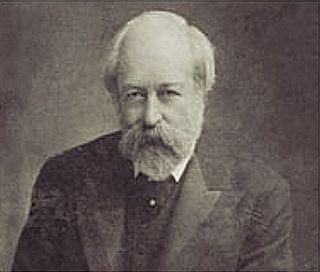
George Frederick Bodley was an English Gothic Revival architect. He was a pupil of Sir George Gilbert Scott and worked with C.E. Kempe. He was in partnership with Thomas Garner for much of his career and was one of the founders of Watts & Co.

Sir Arthur William Blomfield was an English architect. He became president of the Architectural Association in 1861; a Fellow of the Royal Institute of British Architects in 1867 and vice-president of the RIBA in 1886. He was educated at Trinity College, Cambridge, where he studied Architecture.
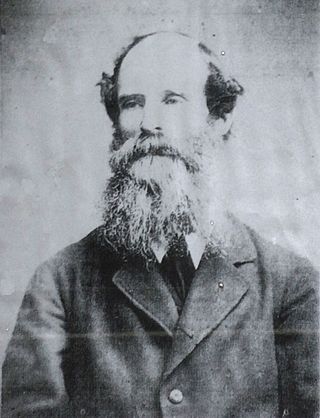
William White, FSA (1825–1900) was an English architect, noted for his part in 19th-century Gothic Revival architecture and church restorations.
Benjamin Ferrey FSA FRIBA was an English architect who worked mostly in the Gothic Revival.

All Saints Church is in the village of Siddington, Cheshire, England. The church is recorded in the National Heritage List for England as a designated Grade II* listed building. It is an active Anglican parish church in the diocese of Chester, the archdeaconry of Macclesfield and the deanery of Macclesfield. It is the Parish Church of Siddington with Capesthorne, which includes Holy Trinity, Capesthorne, and Christ Church, Eaton, and is part of the benefice of Marton, Siddington with Capesthorne and Eaton with Hulme Walfield.

St Oswald's Church is in the village of Backford, to the northwest of Chester, Cheshire, England, close to the A41 road and adjoining Backford Hall. It is recorded in the National Heritage List for England as a designated Grade II* listed building. The church dates from the 14th century with later additions and restorations. It contains one of the few surviving aumbries in Cheshire and a number of memorial boards painted by the Randle Holme family. It is an active Anglican parish church in the diocese of Chester, the archdeaconry of Chester and the deanery of Wirral South. Its benefice is combined with that of Holy Trinity Church, Capenhurst. From March 2018 this benefice shares a vicar with All Saints, Saughall.

St John's Church is in School Lane, Burwardsley, Cheshire, England. It is recorded in the National Heritage List for England as a designated Grade II listed building. It is an active Anglican parish church in the diocese of Chester, the archdeaconry of Chester and the deanery of Malpas. Its benefice is combined with those of Holy Trinity, Bickerton, St Wenefrede, Bickley, and All Saints, Harthill.

St. Peter's Church, Clayworth is a parish church in the Church of England in Clayworth, Nottinghamshire.

All Saints', Granby is a Church of England parish church in Granby, Nottinghamshire, England. The building is Grade I listed by the Department for Digital, Culture, Media and Sport for outstanding architectural or historic interest.

St Michael and All Angels' Church, Elton on the Hill is a parish church in the Church of England in Elton on the Hill, Nottinghamshire. It is Grade II listed by the Department for Digital, Culture, Media and Sport as a building of special architectural interest.
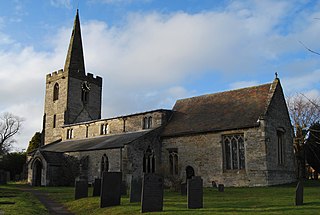
Holy Trinity Church, Wysall is a parish church in the Church of England in Wysall.
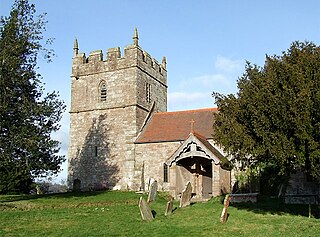
Holy Trinity Church is in the village of Holdgate, Shropshire, England. It is an active Anglican parish church in the deanery of Ludlow, the archdeaconry of Ludlow, and the diocese of Hereford. Its benefice is united with those of St Peter, Diddlebury, Broadstone Church, St Michael, Munslow, and St Catherine, Tugford. The church is recorded in the National Heritage List for England as a designated Grade I listed building. It stands in the former southwest bailey of Holdgate Castle.

St Swithun's Church is a Grade II* listed Church of England parish in the Diocese of Southwell and Nottingham in East Retford, Nottinghamshire, England.

All Saints' Church, Winthorpe is a Grade II listed parish church in the Church of England in Winthorpe, Nottinghamshire, England. The current building, the construction of which was completed in 1888, is at least the third version of the church, which dates back to at least the early 13th century. All Saints' Church was commissioned by the church rector, Edward Handley, in memory of one of his relatives.

St Peter and St Paul's Church is a Grade II* listed parish church in the Church of England in North Wheatley.
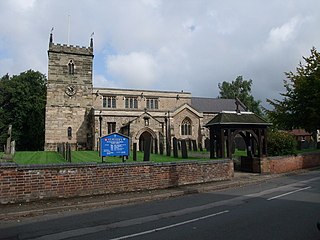
St Peter's Church is a Grade I listed parish church in the Church of England in East Bridgford, Nottinghamshire, England.

All Saints' Church, Mattersey is a Grade I listed parish church in the Church of England in Mattersey.

Holy Trinity Church, Rolleston is a parish church in the Church of England in Rolleston, Nottinghamshire.

Holy Trinity Church, Micklegate, York is a Grade I listed parish church in the Church of England in York.
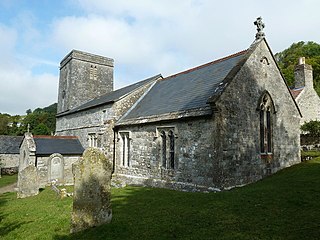
Holy Trinity Church is a Church of England parish church in Bincombe, Dorset, England. The church has late 12th-century origins, with later additions and a restoration of 1865. It is a Grade I listed building.




















